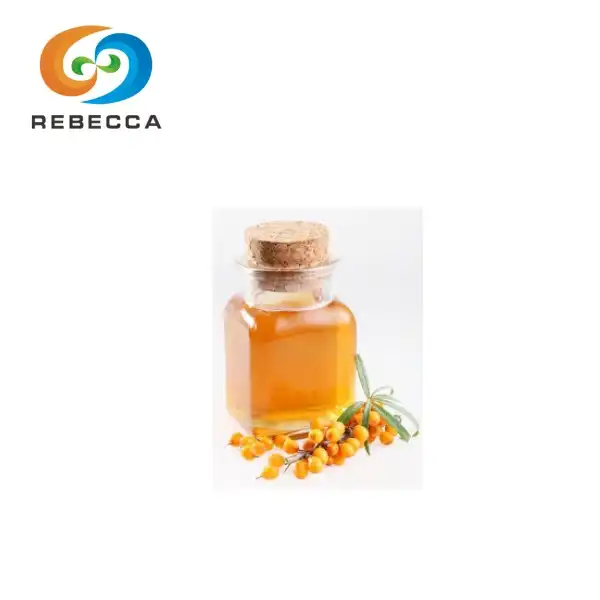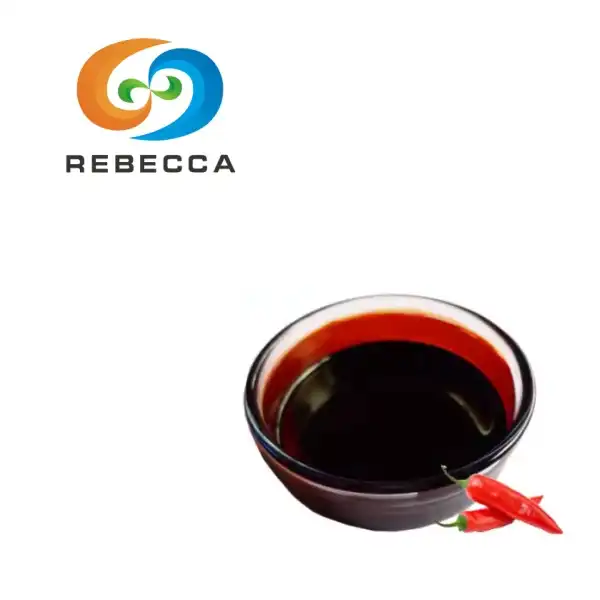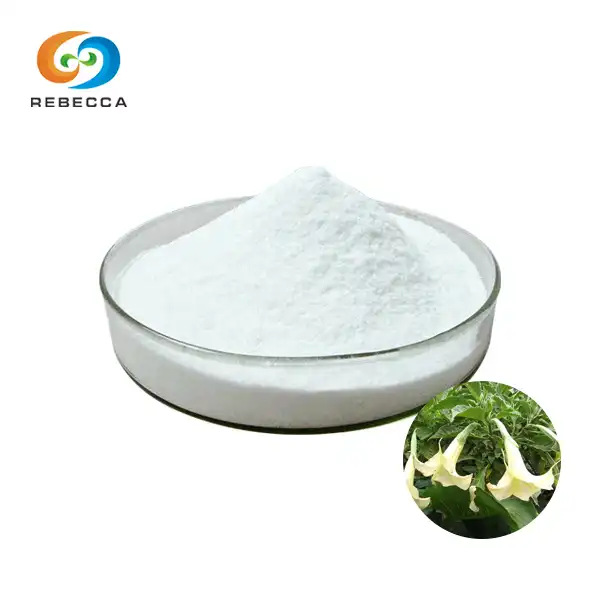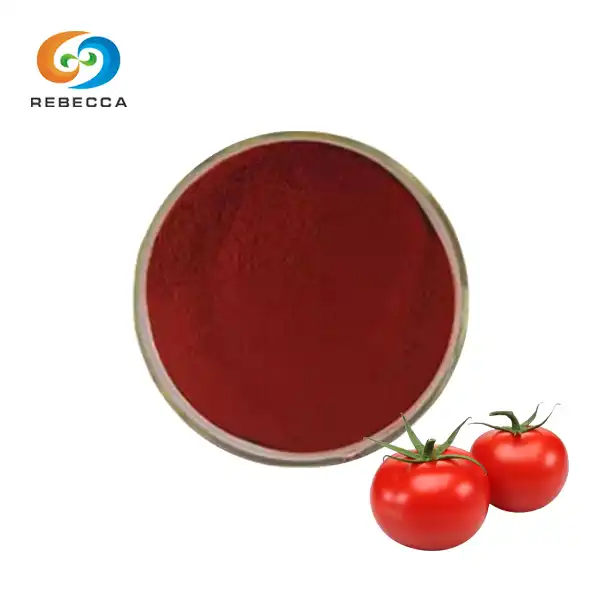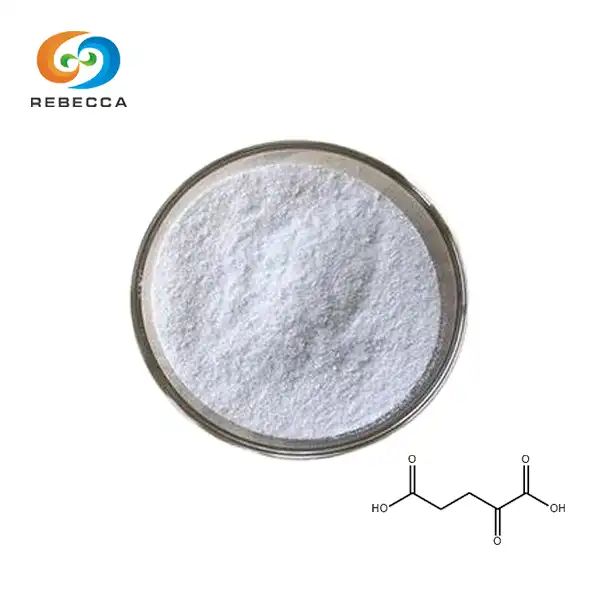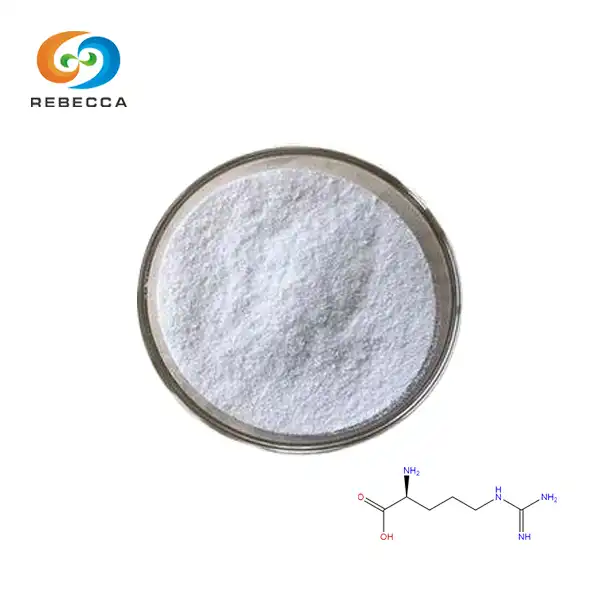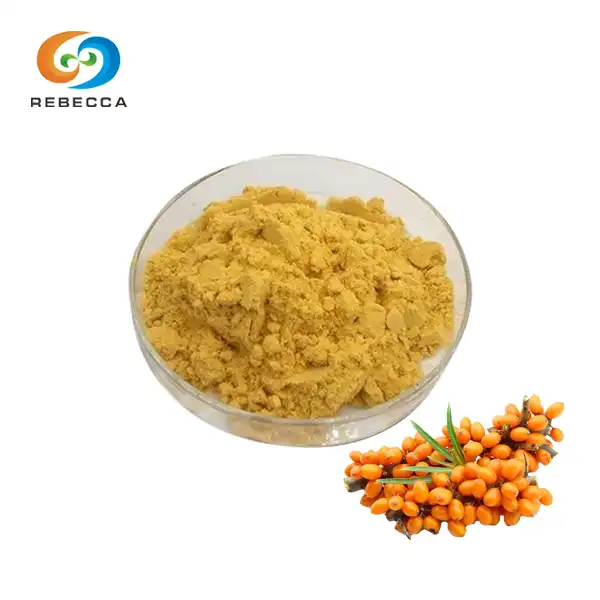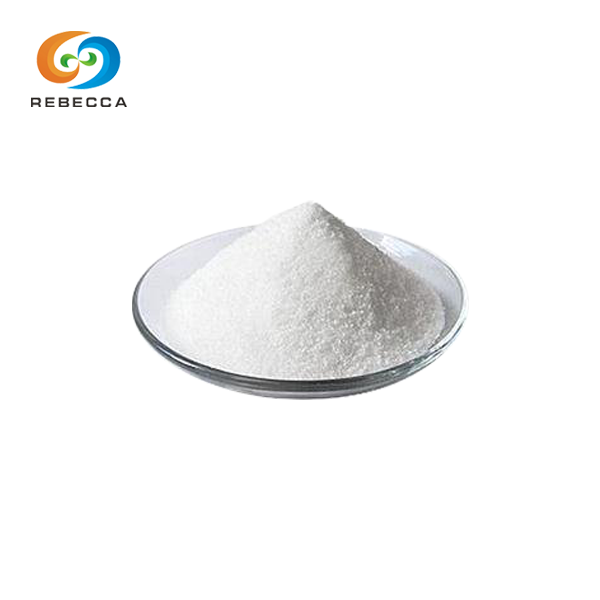How is the quality of pure curcumin powder tested?
Curcumin, the vibrant yellow compound found in turmeric, has gained significant attention for its potential health benefits. As the demand for pure curcumin powder grows, ensuring its quality and purity becomes paramount. One of the most reliable and widely accepted methods for testing curcumin quality is High-Performance Liquid Chromatography (HPLC). In this article, we'll explore the HPLC method for testing pure nature turmeric organic, its importance, and the specific conditions used in the analysis.

Why is HPLC the gold standard for curcumin testing?
High-Performance Liquid Chromatography (HPLC) has established itself as the gold standard for curcumin testing due to its exceptional accuracy, reliability, and versatility. This analytical technique offers several advantages that make it indispensable in the quality control of pure curcumin powder:
- High Sensitivity: HPLC can detect and quantify curcumin and its related compounds at very low concentrations, ensuring even trace amounts are accurately measured.
- Excellent Selectivity: The method can effectively separate curcumin from other similar compounds, providing a clear picture of the sample's composition.
- Reproducibility: HPLC results are highly reproducible, allowing for consistent quality assessments across different batches and laboratories.
- Versatility: This technique can be adapted to analyze various forms of curcumin, including pure nature turmeric organic, bulk curcumin, and organic turmeric extracts.
- Quantitative Analysis: HPLC not only identifies the presence of curcumin but also accurately quantifies its concentration, which is crucial for determining purity levels.
The reliability and precision of HPLC make it an invaluable tool in the pharmaceutical and nutraceutical industries, where maintaining consistent quality is essential. By employing HPLC, manufacturers can ensure that their pure nature turmeric organic products meet the highest standards of purity and potency.

How does the HPLC method ensure the accuracy of curcumin purity?
The HPLC method plays a crucial role in ensuring the accuracy of curcumin purity through a series of well-defined steps and principles:
- Sample Preparation: The pure curcumin powder is carefully dissolved in a suitable solvent, ensuring a homogeneous solution for analysis.
- Separation: The sample is injected into the HPLC system, where it passes through a specialized column. This column contains a stationary phase that interacts differently with various compounds in the sample.
- Compound Identification: As the sample moves through the column, different compounds separate based on their unique chemical properties. Curcumin and its related compounds (demethoxycurcumin and bisdemethoxycurcumin) will elute at specific times, known as retention times.
- Detection: As the separated compounds exit the column, they pass through a detector (often a UV-Vis spectrophotometer) that measures their absorbance at a specific wavelength, typically around 420 nm for curcumin.
- Quantification: The detector generates a chromatogram, showing peaks that correspond to different compounds. The area under these peaks is proportional to the concentration of each compound, allowing for precise quantification.
- Purity Calculation: By comparing the peak areas of curcumin to the total area of all curcuminoid peaks, analysts can calculate the purity percentage of curcumin in the sample.
- Comparison with Standards: The results are compared with known curcumin standards to ensure accuracy and to identify any potential impurities or adulterants.
This systematic approach allows for a comprehensive analysis of pure curcumin powder, providing a detailed profile of its composition and purity. The method's ability to distinguish between curcumin and closely related compounds ensures that even small variations in purity can be detected and quantified accurately.

What specific conditions are used in HPLC analysis for curcumin?
The effectiveness of HPLC analysis for curcumin depends on carefully optimized conditions. These conditions are crucial for achieving accurate and reproducible results when testing pure curcumin powder or bulk curcumin powder samples. Here are the key parameters typically used in HPLC analysis for curcumin:
- Column Selection: A reverse-phase C18 column is commonly used, typically with dimensions of 250 mm × 4.6 mm and a particle size of 5 μm. This column type provides excellent separation of curcuminoids.
- Mobile Phase Composition: A mixture of acetonitrile and acidified water (usually with acetic acid or phosphoric acid) is often used. The ratio can vary, but a common composition is 50:50 acetonitrile:water.
- Flow Rate: The flow rate is typically set between 1.0 to 1.5 mL/min, depending on the specific method and column dimensions.
- Injection Volume: Sample injection volumes usually range from 10 to 20 μL.
- Detection Wavelength: Curcumin is typically detected at a wavelength of 420-430 nm, where it shows maximum absorbance.
- Column Temperature: The column is often maintained at a constant temperature, usually around 30-35°C, to ensure reproducible retention times.
- Run Time: The total run time for a single analysis is typically between 10 to 30 minutes, depending on the specific method and sample complexity.
- Sample Preparation: Pure curcumin powder samples are usually dissolved in methanol or a mixture of methanol and water, with sonication to ensure complete dissolution.
These conditions are carefully optimized to achieve the best separation of curcumin from other curcuminoids and potential impurities. It's worth noting that slight variations in these parameters may be necessary depending on the specific curcumin sample and the desired level of analysis precision.
For instance, when analyzing pure nature turmeric organic extracts, which may contain a more complex matrix of compounds, additional method optimization might be required. This could involve adjusting the mobile phase composition or implementing a gradient elution to improve separation.

Curcumin Extract Powder Bulk For Sale
The HPLC method stands as a cornerstone in ensuring the quality and purity of curcumin powder. Its ability to provide accurate, reproducible results makes it an indispensable tool for manufacturers and researchers alike. By employing this sophisticated analytical technique, we can confidently assess the purity of curcumin, ensuring that consumers receive high-quality products that meet their health and wellness needs.
Looking for a reliable source of high-quality Pure Curcumin Powder? Rebecca Bio-Tech is the professional manufacturer you need. We pride ourselves on delivering stable quality and the most competitive prices in the market. For more information or to place an order, feel free to contact us at information@sxrebecca.com.
References:
- Jayaprakasha, G. K., Rao, L. J., & Sakariah, K. K. (2002). Improved HPLC method for the determination of curcumin, demethoxycurcumin, and bisdemethoxycurcumin. Journal of agricultural and food chemistry, 50(13), 3668-3672.
- Wichitnithad, W., Jongaroonngamsang, N., Pummangura, S., & Rojsitthisak, P. (2009). A simple isocratic HPLC method for the simultaneous determination of curcuminoids in commercial turmeric extracts. Phytochemical Analysis, 20(4), 314-319.
- Syed, H. K., Liew, K. B., Loh, G. O., & Peh, K. K. (2015). Stability indicating HPLC-UV method for detection of curcumin in Curcuma longa extract and emulsion formulation. Food Chemistry, 170, 321-326.
